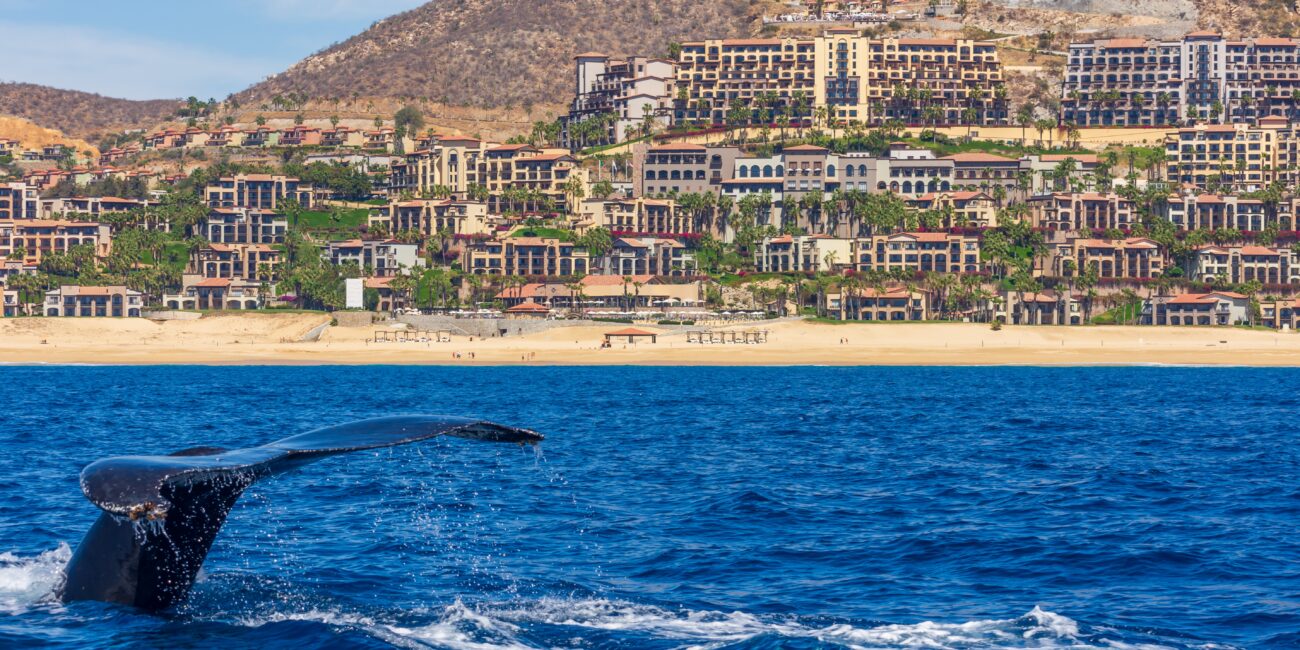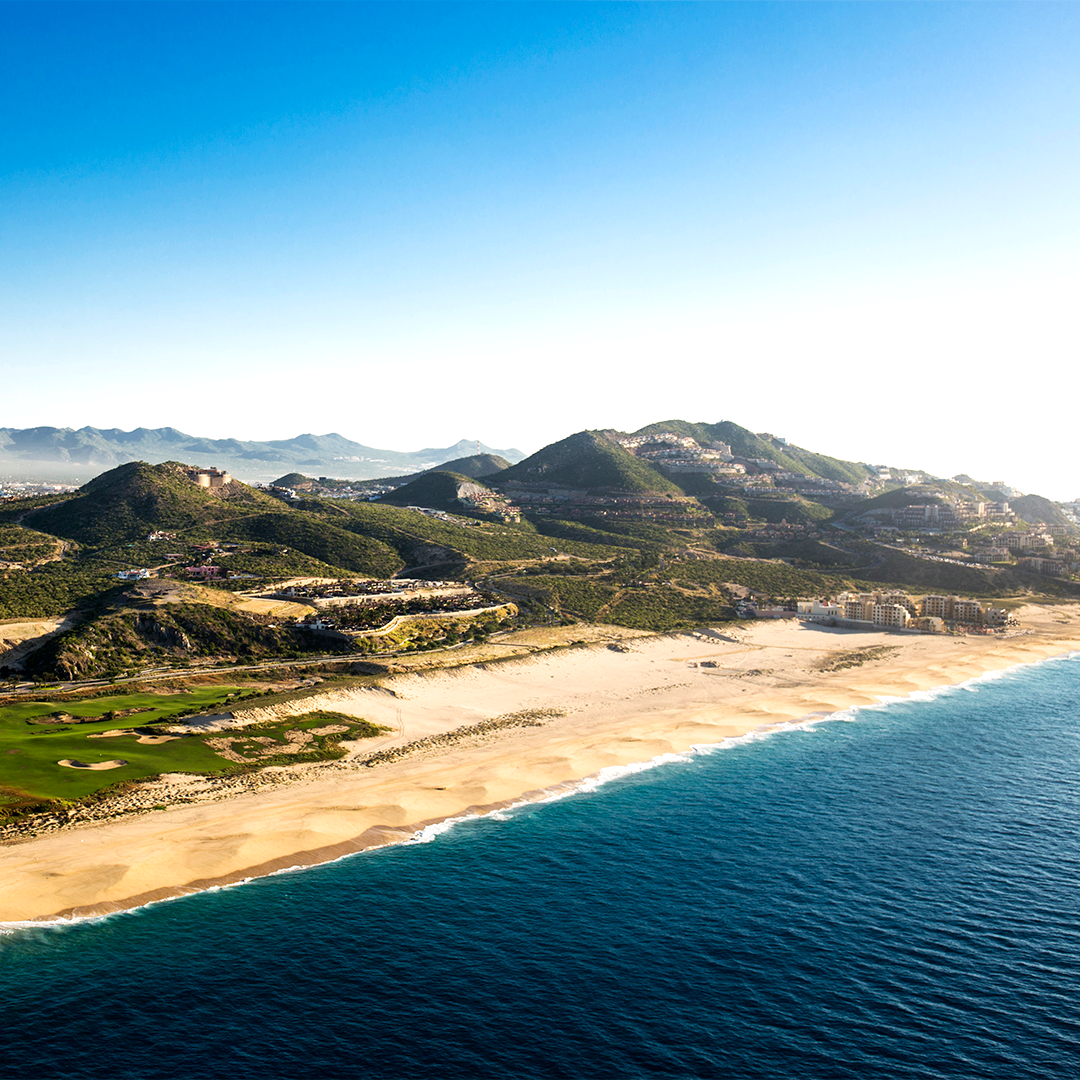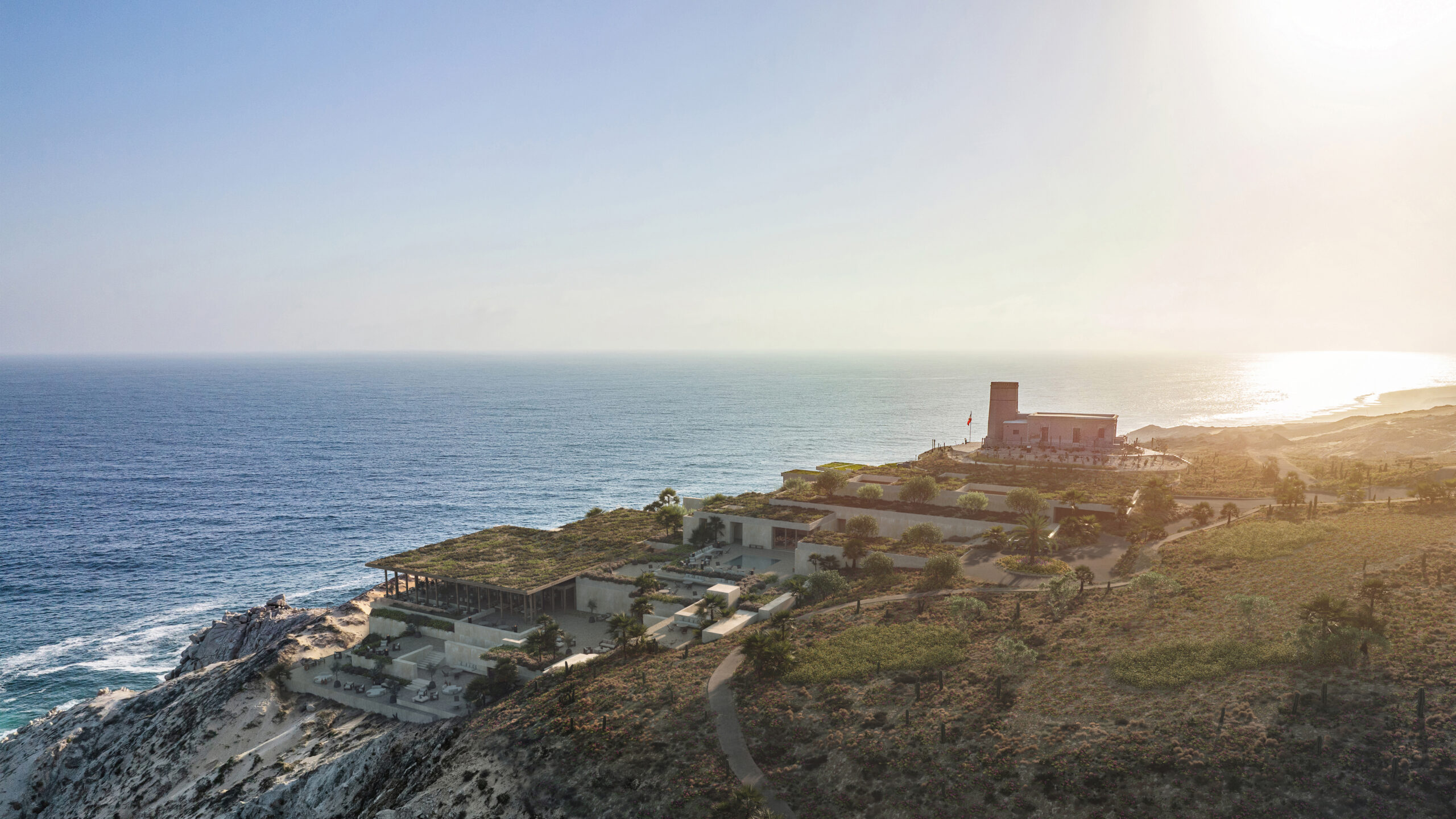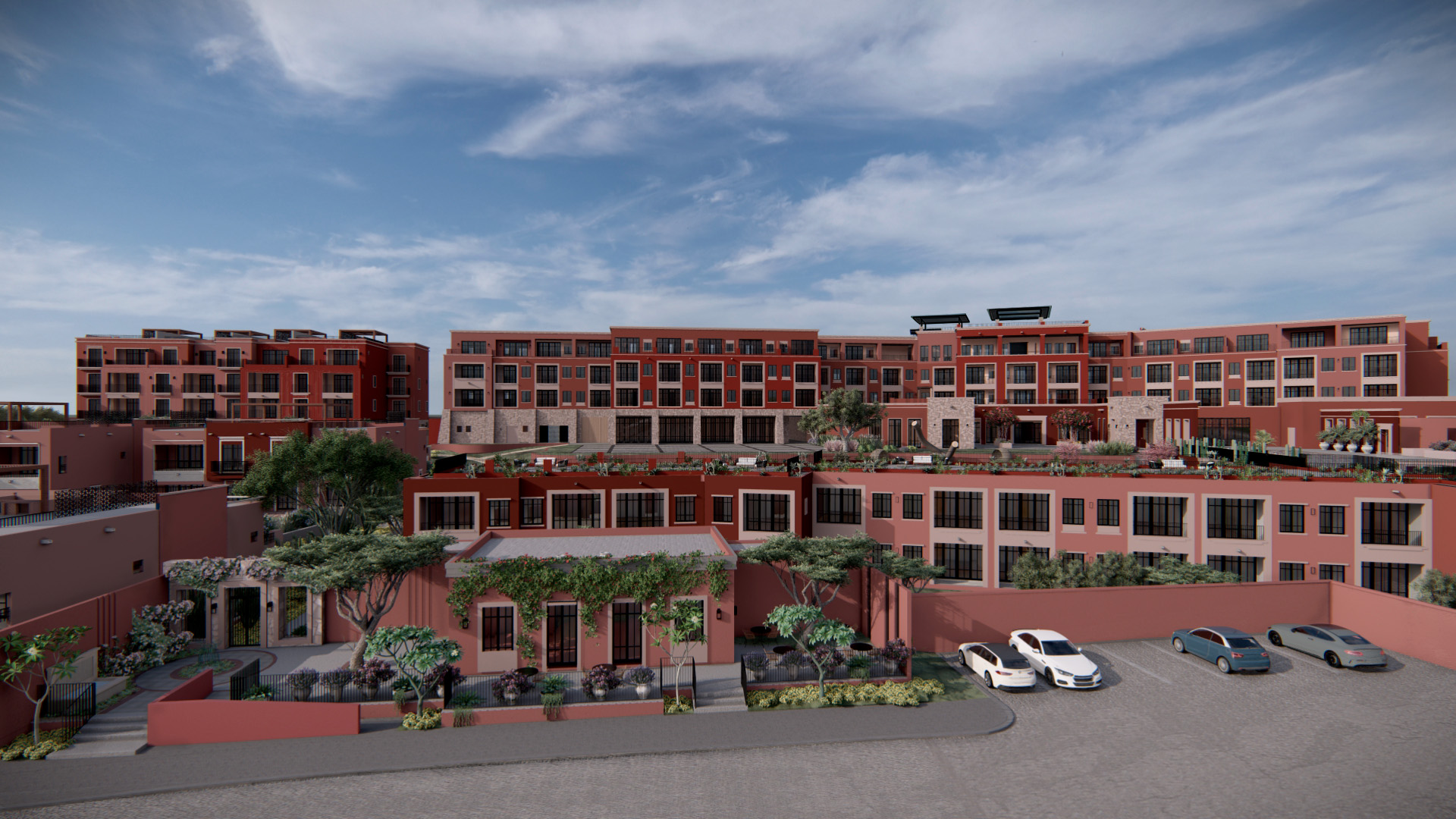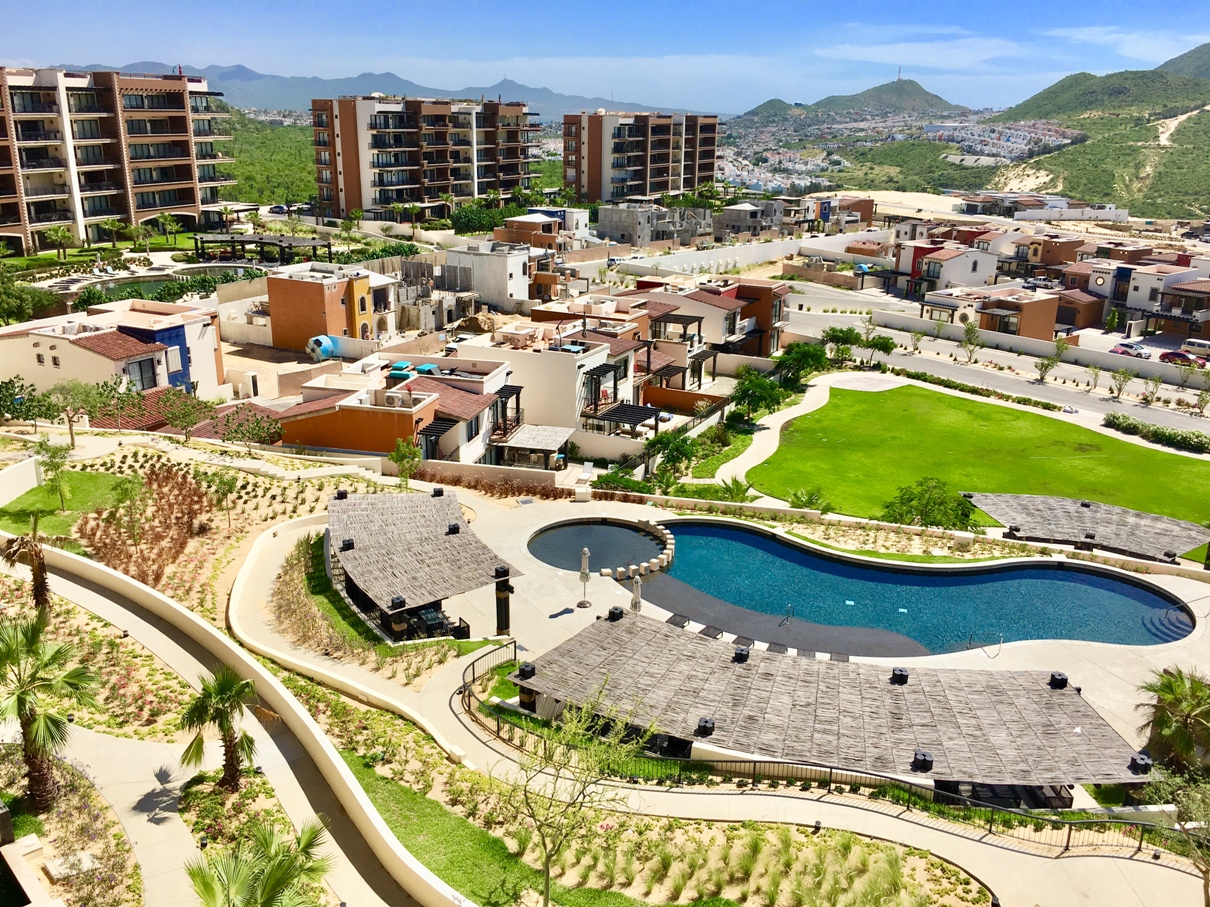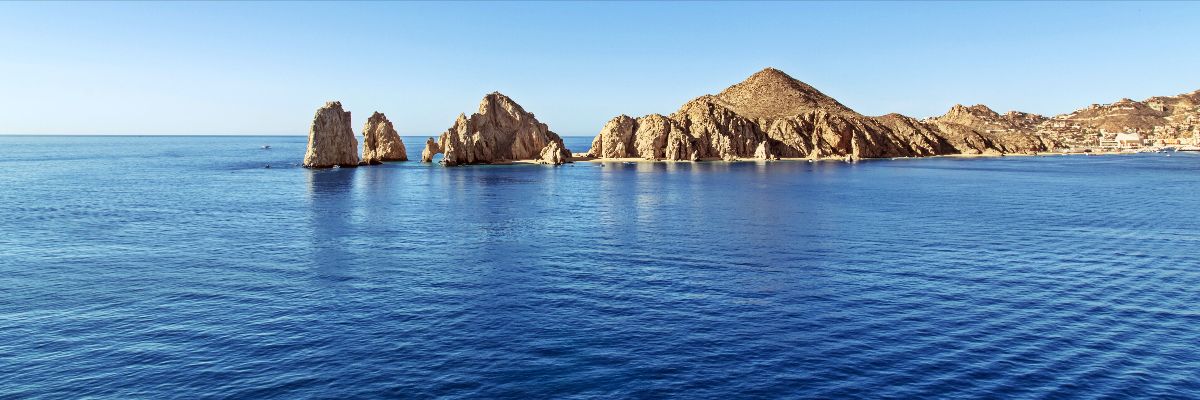Every year, between the first half of December and the first half of March, gray whales arrive in Baja California Sur attracted by its climate, the large amount of food available, and the characteristics of some of its bays and saltwater lagoons.
Guerrero Negro, the San Ignacio Lagoon and the Ojo de Liebre Lagoon, in López Mateos are the places where these huge cetaceans mate and also where a year later they give birth. The shallow waters and the high concentration of salt are propitious for them to carry out their reproductive tasks, after which they continue bordering the south of the peninsula until entering the Sea of Cortez.
In the first months of the year, it is common to see these marine giants swimming through one of the deepest seas in the world and also richer in the production of plankton, krill and other small crustaceans.
From the terraces of hotels and restaurants, it is amazing to contemplate in the distance the mother whales accompanying their calves; pairs of whales and also others swimming alone that enter the Gulf of California to gain most of the energy that they will use during the rest of the year.
To enjoy a closer experience with the whales, the best option from Cabo San Lucas is to head to López Mateos, a journey that can take about three hours by car.
In the Ojo de Liebre Lagoon, it is these curious animals that approach the visitors’ boats to see them up close and it is even common to be able to touch them. This can be such a powerful live experience that it certainly justifies the long drive.

